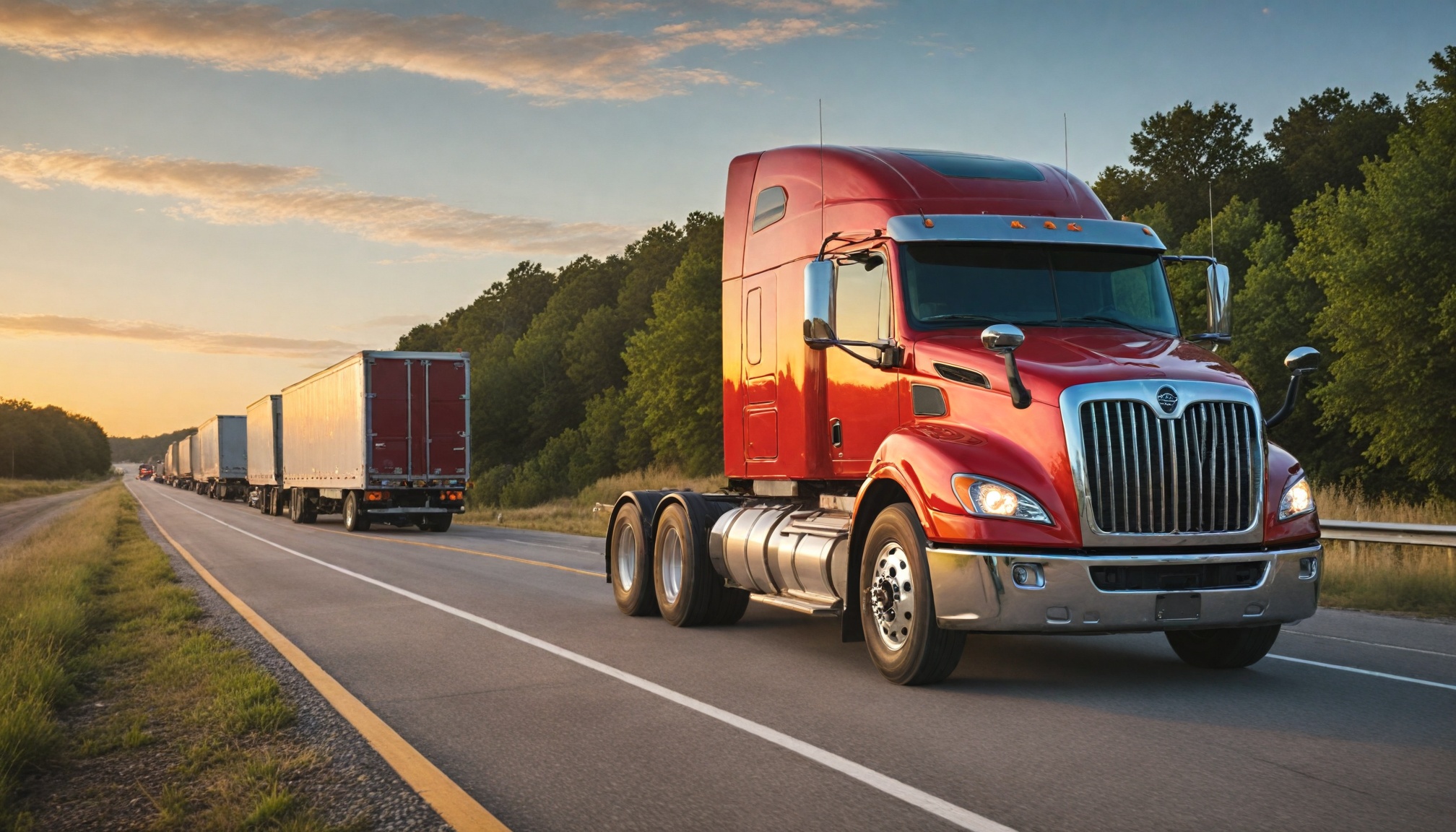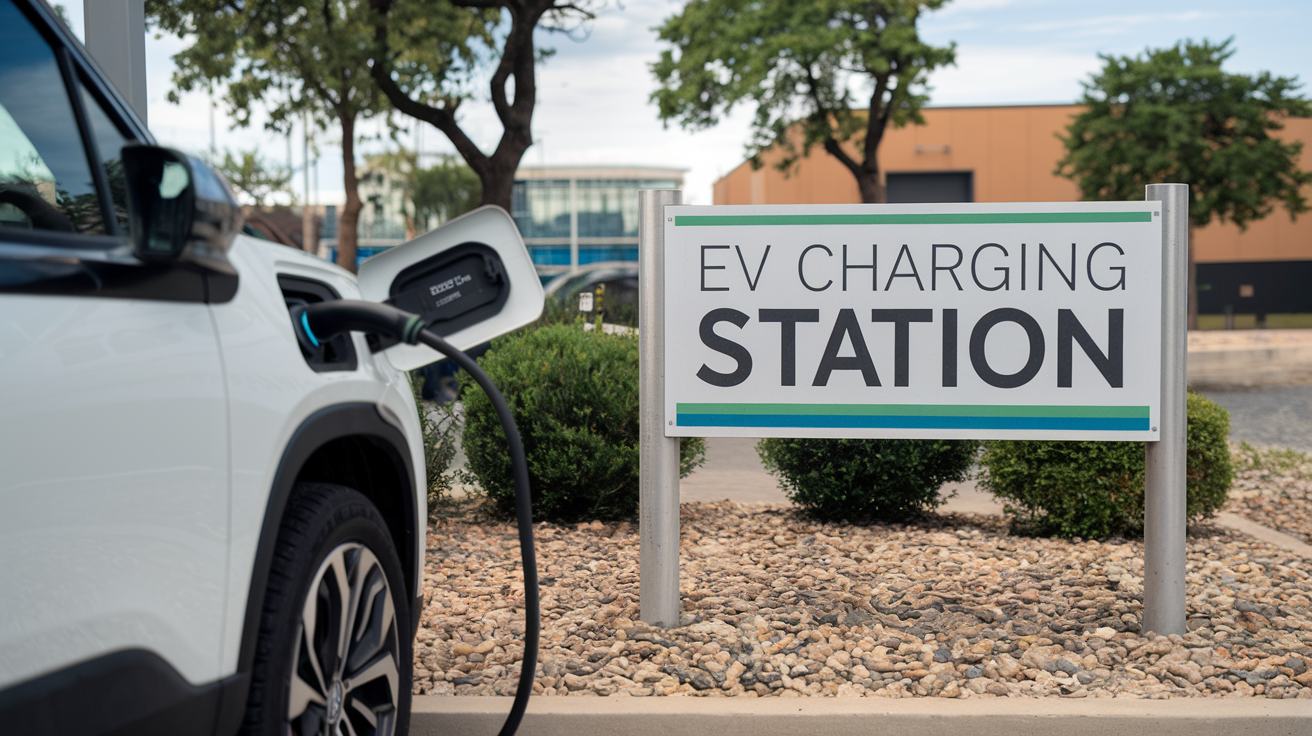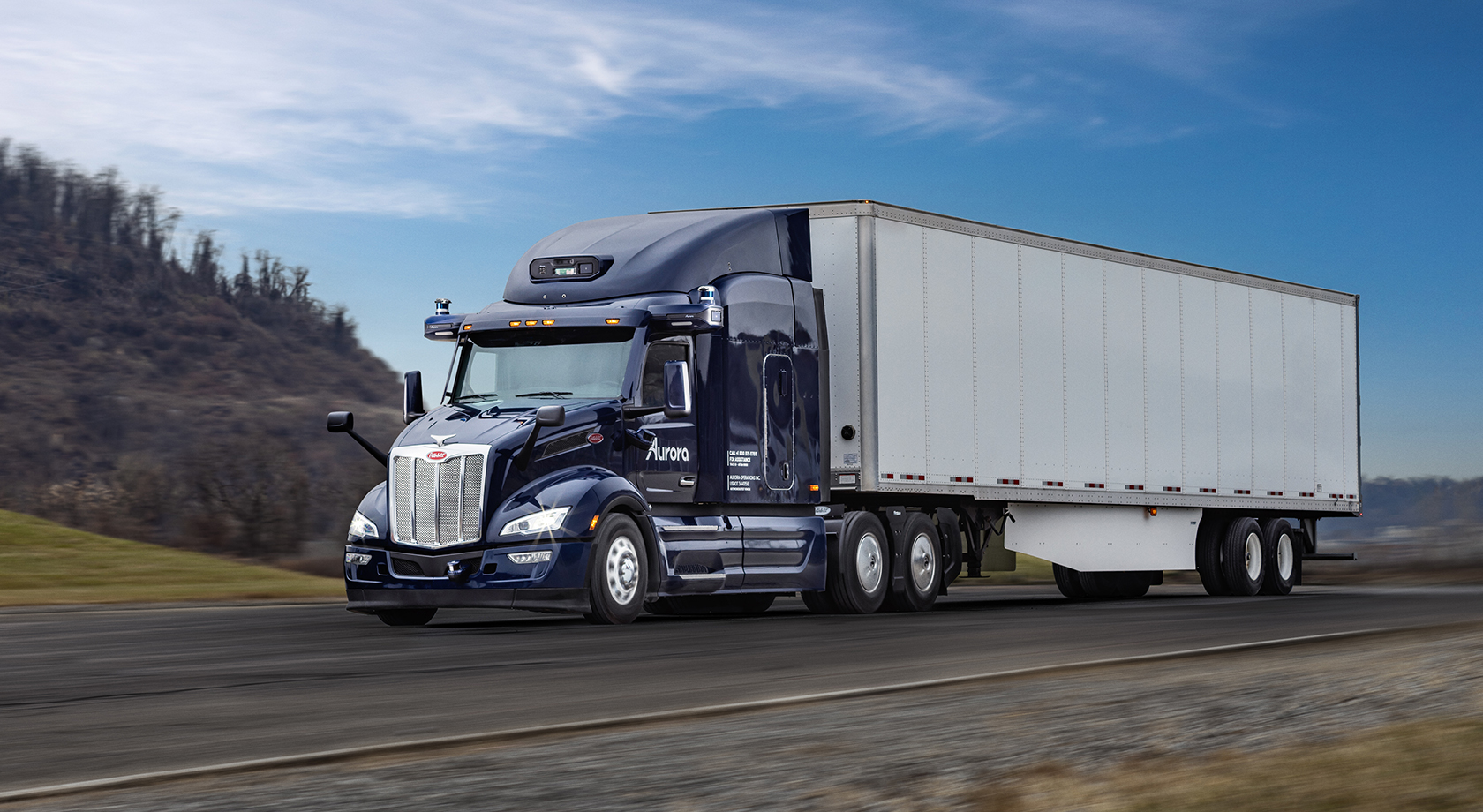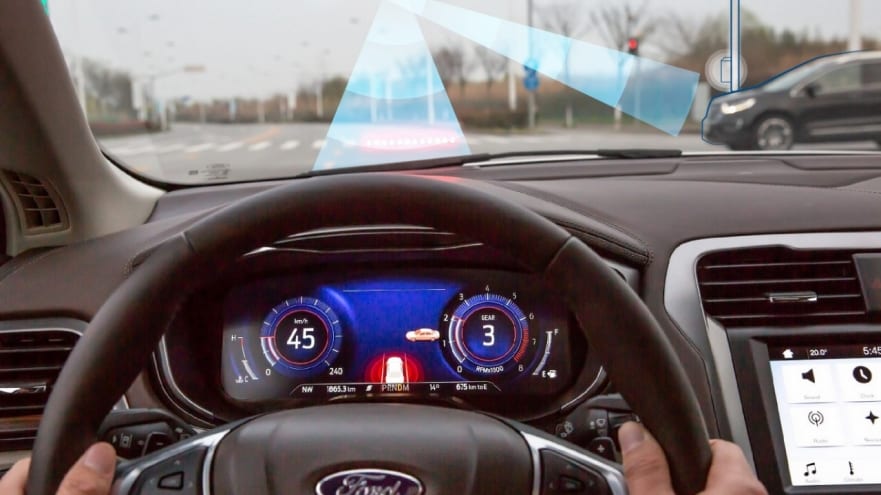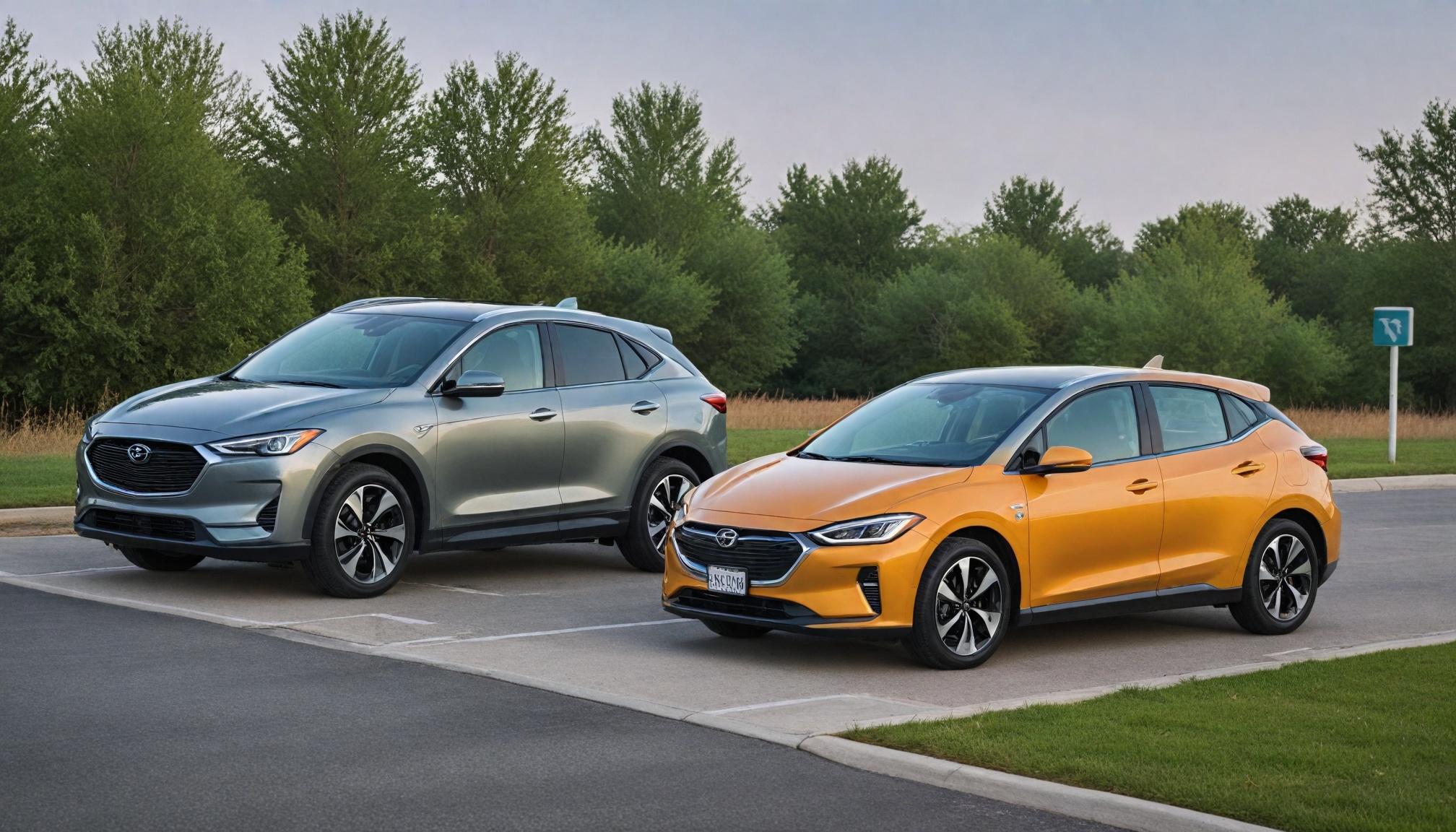
EVs evolve beyond transportation into mobile power banks, returning electricity to grids and homes—creating a flexible energy ecosystem that enhances grid resilience and saves owners money.

Drivetech Partners
Electric vehicles have moved far beyond simple transportation solutions to become active participants in modern energy ecosystems through bidirectional charging capabilities. This revolutionary technology allows EVs to not only consume electricity but also return it to the grid or power homes and devices, transforming cars into mobile energy assets that can help balance electricity demand, provide backup power, and create financial value for their owners.
Key Takeaways
Bidirectional charging enables EVs to function as mobile power banks, creating a two-way relationship with the electrical grid
By 2030, the global EV fleet could provide more than 7 terawatt-hours of storage capacity, significantly enhancing grid resilience
EV owners can save approximately $120-$150 annually through smart bidirectional charging strategies
The average EV battery contains more than triple the daily energy needs of a typical home
Widespread V2G adoption faces challenges including technical standardization and regulatory approval requirements
Powering a Two-Way Revolution: How V2G is Redefining Electric Vehicles
Electric vehicles are undergoing a profound transformation from simple battery-powered cars to dynamic energy assets. Through bidirectional charging technology, EVs can now both consume electricity from the grid and feed it back when needed. This two-way energy flow creates exciting new possibilities for how we manage electricity, stabilize power grids, and integrate renewable energy.
The potential impact is massive. Projections indicate that by 2030, the global electric vehicle fleet will reach between 140-240 million vehicles. This mobile battery network could provide more than 7 terawatt-hours of flexible energy storage capacity—a resource that can be tapped to support grid stability during peak demand, store excess renewable energy, and provide backup power during outages.
Understanding the Bidirectional Ecosystem: V2G, V2H, V2B and Beyond
Bidirectional charging comes in several forms, each serving different energy needs:
Vehicle-to-Grid (V2G): Sending electricity from an EV's battery back to the public power grid to help balance supply and demand
Vehicle-to-Home (V2H): Using the car's battery to power a home, especially valuable during power outages
Vehicle-to-Load (V2L): Powering external devices directly from the vehicle, like appliances or tools
Vehicle-to-Building (V2B): Supporting commercial building energy needs with fleets of EVs
The energy capacity of electric vehicles makes them surprisingly powerful resources. The average EV battery (approximately 60 kWh) contains more than three times the daily energy usage of a typical home. These batteries are typically six times larger than standard 10 kWh home solar batteries, positioning EVs as substantial energy assets beyond their transportation role.
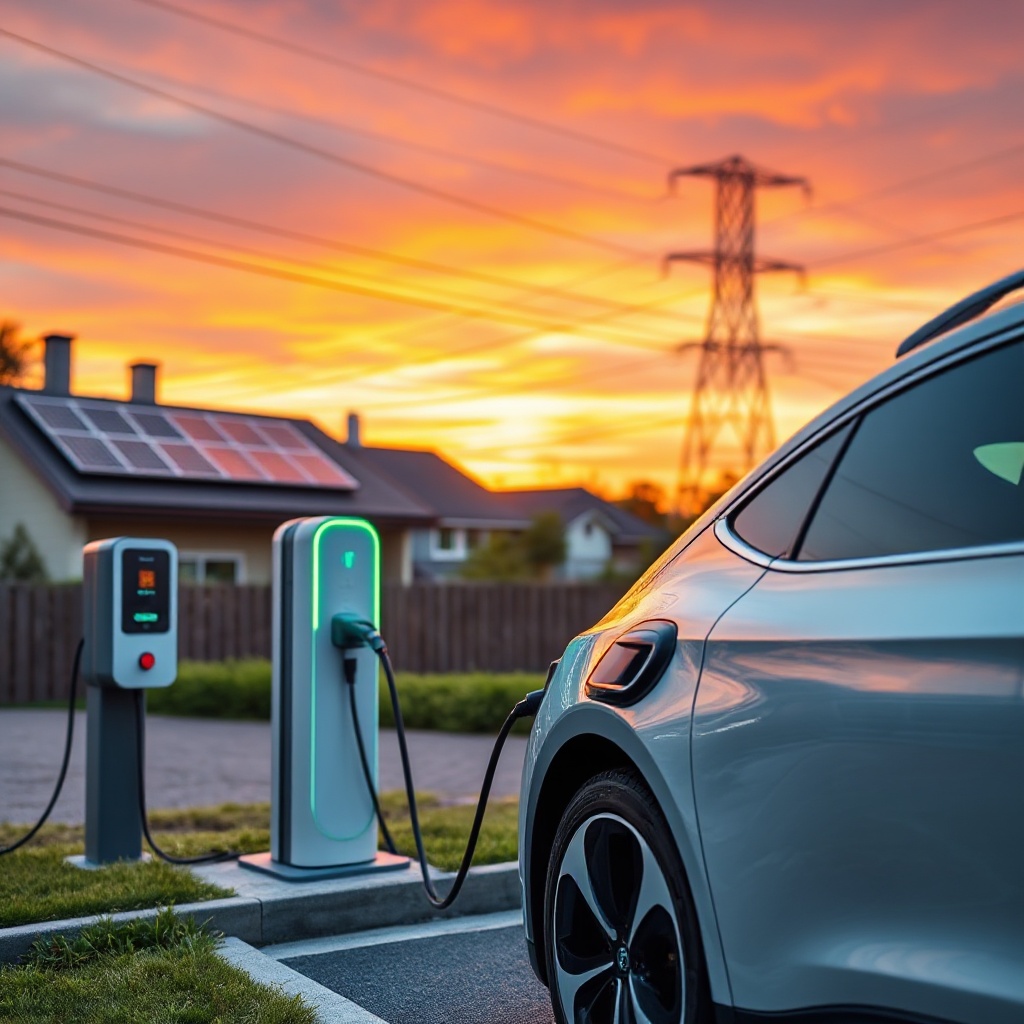
Creating a More Resilient Grid Through Distributed Energy Storage
When aggregated at scale, electric vehicles function as mobile distributed energy resources (DERs), creating a flexible energy network that can adapt to changing grid conditions. This network helps stabilize the grid during peak demand periods or when renewable energy generation fluctuates due to weather conditions.
Bidirectional solutions offer particular value in three key scenarios:
Replacing or supplementing traditional diesel generators in microgrids
Providing critical backup power following outages and natural disasters
Creating a vast, aggregated buffer for grid management during renewable energy fluctuations
This distributed approach to energy storage represents a significant shift from centralized power models to more resilient systems that can withstand localized disruptions and adapt to changing energy landscapes.
Financial Benefits: How V2G Creates Value for EV Owners
Smart bidirectional charging creates direct financial value for EV owners through several mechanisms. Consumers can charge their vehicles at off-peak electricity rates (typically overnight) and then use that stored energy during expensive peak periods, either to power their homes or sell back to the grid through utility programs.
Studies estimate that V2G-enabled EV owners can save approximately $120-$150 annually through these strategies. Beyond these direct savings, EVs also gain additional utility as portable power sources for outdoor activities, worksites, or during emergency situations—creating both financial and practical value.
Technical Requirements and Current Market Offerings
Implementing V2G requires three key components working together:
A compatible electric vehicle with bidirectional charging capability
A bidirectional charger that can manage two-way energy flow
Enrollment in a V2G program, typically through a utility or energy aggregator
Several vehicles now support bidirectional charging capabilities, including the BYD Atto 3, Ford F-150 Lightning, Hyundai Ioniq 5, KIA EV6, Nissan Leaf ZE1, VW ID Models, and Tesla Cybertruck. On the charging equipment side, leading universal bidirectional chargers include the Wallbox Quasar, Rectifier Technologies Highbury, and Fermata Energy FE-15.
While most current bidirectional chargers support at least V2L functionality, full V2G implementation varies significantly by region and requires suitable grid infrastructure to handle the two-way energy flow.
Overcoming Adoption Barriers: The Path to Mainstream V2G
Despite its promise, V2G technology faces several significant adoption challenges. Interoperability issues require uniform hardware and software standards across vehicles, chargers, and utilities. Many existing charging stations and power grids need substantial upgrades to enable and manage bidirectional energy flow.
Regulatory approval from grid operators is necessary before EVs can supply power back to the grid, creating administrative hurdles. Additionally, consumer awareness and incentives remain essential for widespread adoption.
Battery degradation concerns represent another potential barrier. The impact of regular two-way energy cycling on battery longevity must be addressed through advanced battery management systems and appropriate warranties to reassure consumers.
Environmental Impact: V2G's Role in Decarbonization
V2G technology plays a crucial role in balancing intermittent renewable generation from solar and wind sources. EV batteries provide a perfect storage solution for excess renewable power, storing it when generation is high and releasing it when production drops.
This capability reduces the need for fossil fuel "peaker plants" that traditionally manage high demand periods, supporting utility commitments to decarbonization and net-zero emissions goals. The technology creates valuable synergy between transportation electrification and renewable energy deployment, addressing two major sources of carbon emissions simultaneously.
Future Outlook: Building a Smarter, More Flexible Energy Ecosystem
V2G positions electric vehicles as dynamic components of a sustainable energy ecosystem rather than mere transportation tools. Ongoing research and global pilot projects are rapidly advancing the technology, while growing EV sales accelerate the potential V2G capacity worldwide.
Emerging regulatory frameworks are beginning to address compensation mechanisms and safety concerns, creating clearer pathways for adoption. As these developments converge, V2G is expected to play an increasingly important role in the transition to more resilient, decentralized energy systems that can effectively integrate renewable sources and manage fluctuating demand.
Sources
EV Connect - What is Bidirectional Charging
Energy.gov - Bidirectional Charging and Electric Vehicles for Mobile Storage
Clean Energy Reviews - V2G Explained: Vehicle-to-Grid Benefits
EV Connect - What is Vehicle-to-Grid for Electric Vehicles
Ekoenergetyka - Bidirectional Charging Explained: The Future of EV Energy Management
